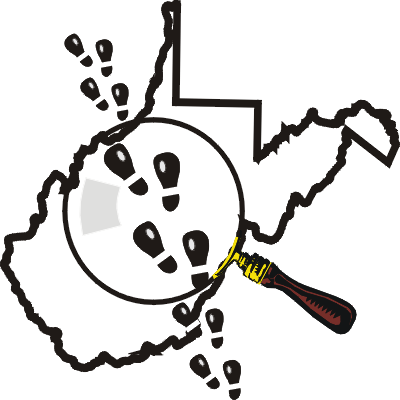
West Virginia
Infectious Disease Epidemiology Program
 |
West Virginia |
Public FAQ:
|
|
West Virginia Department of Health and Human Resources Information for the Public – Legionnaires' Disease (Legionella) and Pontiac FeverWhat is Legionella?Legionella is a bacteria that can cause two different diseases – Legionnaires' disease and Pontiac fever. Legionellosis is a general term for disease caused by the Legionella bacteria. What are the symptoms of legionellosis?People with Legionnaires' disease often have fever, chills, cough, muscles aches, headache, loss of appetite, diarrhea, abdominal pain, and pneumonia. Symptoms begin 2-10 days (usually 5-6 days) after an exposure. Legionnaire's disease can be very serious and must be treated with antibiotics. People with Pontiac fever have a milder disease with symptoms that include fever, muscle aches, loss of appetite, and headache. This is a mild flu-like illness with symptoms that usually begin within 24-48 hours after exposure. Pontiac fever resolves without treatment in just a few days. How is Legionella spread?Legionella is spread through breathing in contaminated water or water vapor. Legionellosis has been associated with breathing water vapor from cooling towers, humidifiers, whirlpool spas, respiratory therapy devices, decorative fountains, showers, and hot tubs. Legionella is not spread from one person to another. Who is most at risk for legionellosis?Legionnaire's disease is more common in adults over the age of 50 and is extremely rare in those under age 20. It is more common in males than females. It is also seen more commonly:
Pontiac fever is usually recognized in healthy young adults.
|
|
State
of West Virginia (WV) A-Z Listing of West Virginia's Reportable Diseases
|